Pyramids of Tenayuca
A barbarous band of serpents guard the bases of these Aztec temples.
On the outskirts of Mexico City stand the ruins of an ancient pyramid that is surrounded by what appears to be an army of stone serpents.
Xolotl, a leader of the Chichimecas (“Barbarians” in Nahuatl) who settled at Tenayuca, built a fortified city here as a capital for his people. In subsequent generations, this center lost much of its power and was moved to Tetzcoco. As a settlement of now secondary importance, Tenayuca experienced a second wave of invasion by a coalition of other Chichimeca tribes in the late 1200s, from whom would eventually emerge the Aztecs. After the site came under Aztec control, an elaborate pyramid complex was constructed.
A series of stone coatepantlis (serpent walls) was made to surround the base of the pyramid. Archeologists believe the Aztecs may have been inspired by those at the Toltec city of Tula, where these structures first appeared. This imitation may have served a function as either a homage to the great power of Central Mexico that had preceded their own or as a visual symbol to legitimize their own rule as rightful “heirs” of the Toltec mantle of empire.
When the Spanish conquistadors arrived in the area in 1519, they dubbed it “El Pueblo de los Serpientes” (“The Town of the Serpents”). The Spaniards defeated the city’s native inhabitants in 1520.
In the long centuries that followed, Tenayuca was forgotten and became covered by layers of sediment. In the 1920s, a renewed interest by professional archeologists in Mexico’s pre-Columbian past led to the site’s excavation.
Know Before You Go
The pyramid and its museum are open to the public Tuesday to Sunday from 10 a.m. to 5 p.m. The entrance fee is 55 pesos.

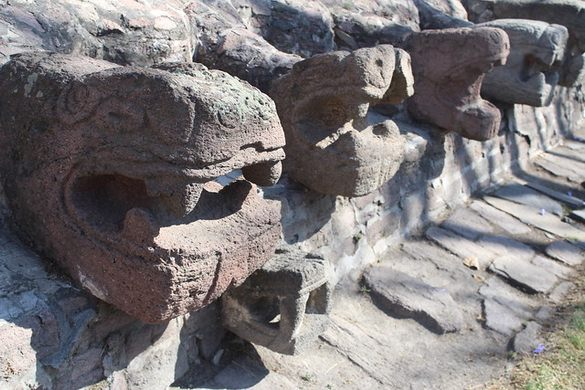
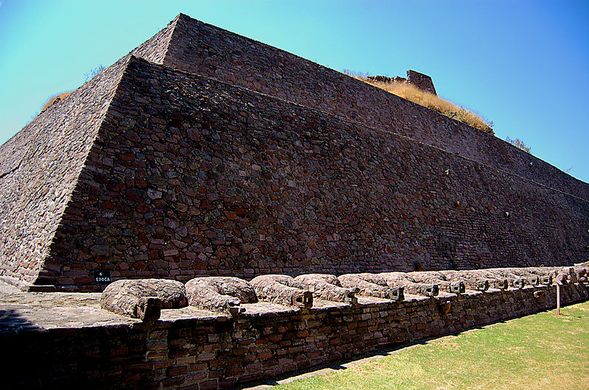

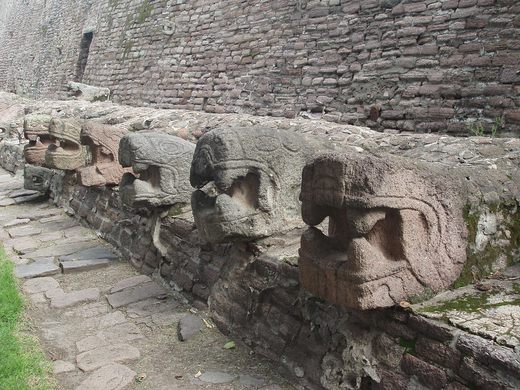
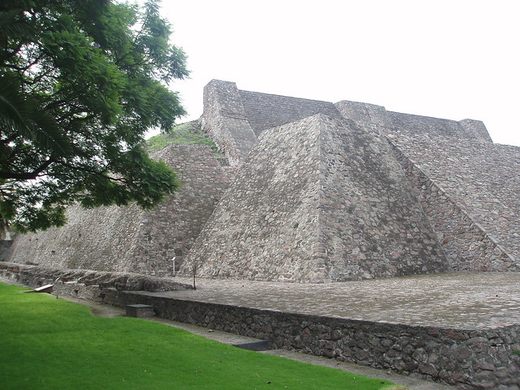








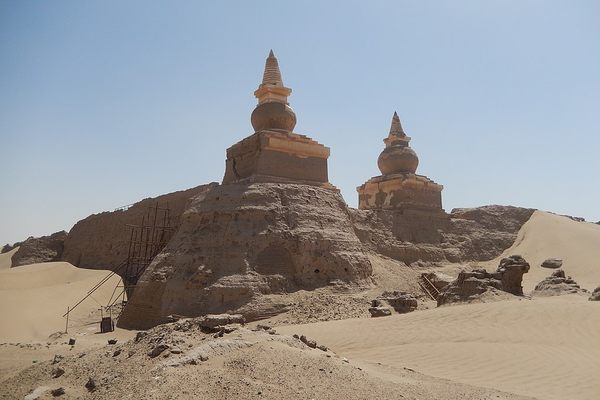

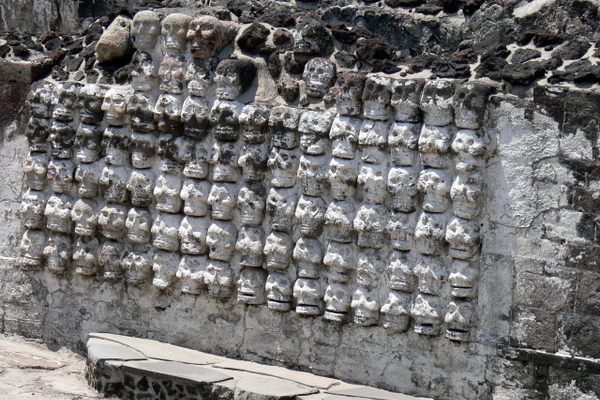

Follow us on Twitter to get the latest on the world's hidden wonders.
Like us on Facebook to get the latest on the world's hidden wonders.
Follow us on Twitter Like us on Facebook